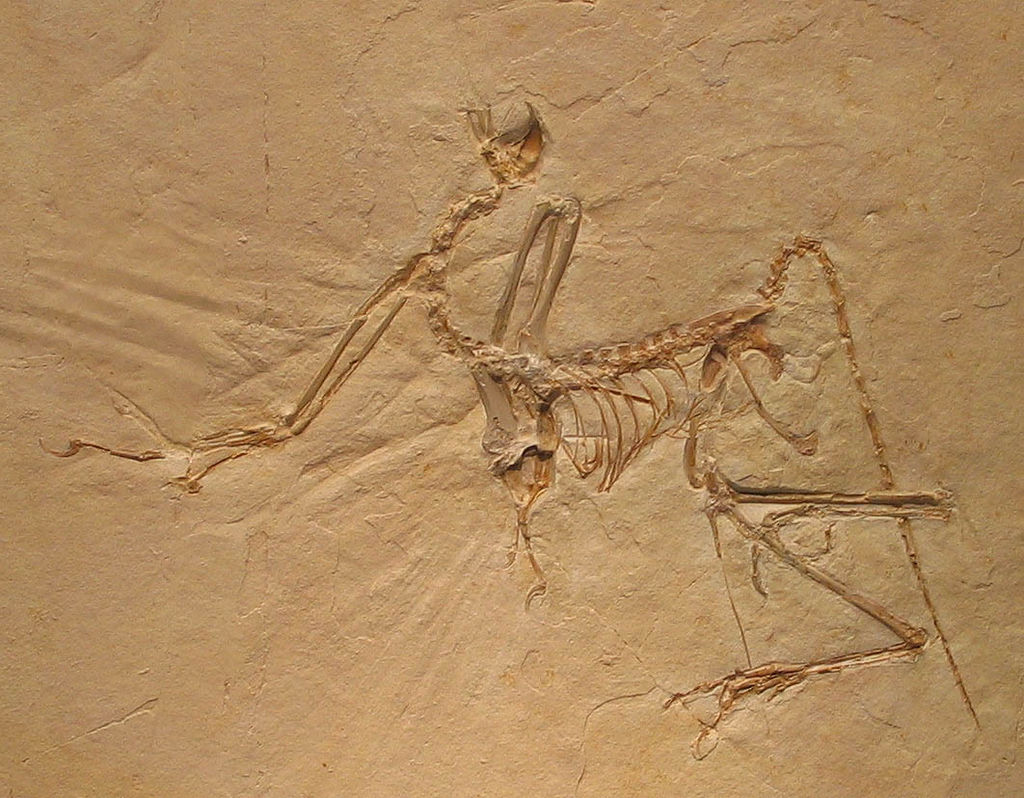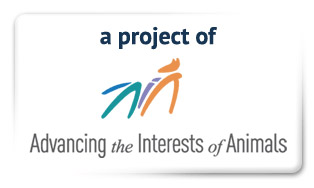By Kaitlyn Garrison
From the Antarctic penguins to the Western Bluebirds, birds can be found in every geographical climate of the world. Possible explanations for the undoubtedly resilient Class Aves’ (birds) evolution is a highly debated topic among the scientific community because the only existing evidence of their evolution comes from small fragmented remnants of the past.
Birds are regarded as today’s living dinosaurs, although some studies based on molecular findings suggest that birds lived long before the dinosaur era. If true, this would extend their reign forty million additional years. The relationship between birds and dinosaurs was discovered when examining DNA and fossil information. Scientists found a link between today’s birds and the theropod dinosaurs and maniraptorans that existed 150-160 million years ago during the Mesozoic era.
The first flightless “bird,” known as the archaeopteryx lithographica, was discovered in Germany. The fossil evidence in this early bird shows a linking transition between non-avian feathered theropod dinosaurs and modern birds. Based on these bipedal theropod dinosaur fossils, it is likely that birds arose within the maniraptora who are distinguished by bird-like features such as long arms, the possibility for flight, a furcula, pneumatization, and other morphological traits.

The great meteor strike unfortunately wiped out the dinosaurs and most cold-blooded animals, putting an end to the Cretaceous period sixty-five million years ago. With less competition and predators, the era known as the Age of Birds emerged in the aftermath of the meteor strike. The Age of Birds was an era lasting about ten million years after the dinosaurs where birds of all sizes ruled the world.
Their endurance is partly due to higher internal temperatures in comparison to dinosaurs. This means that these birds were more active runners and flyers who also had faster feeding times, consequently giving them a better chance of escaping from the meteors and thus escaping extinction.
This idea follows Charles Darwin’s theory of natural selection. Natural selection is defined as the increased chance of survival granted to those who have the most favorable traits in a situation or region. These naturally selected individuals or groups are more capable of surviving life-threatening situations than others who are less adapted, or fit.
Once birds survived the meteor catastrophe in the Cretaceous period, the power of adaptive radiation allowed for many bird species to evolve quickly from one common ancestor who each have their own special characteristics based on their locational needs. Many modern-day birds such as the Hawaiian Honeycreepers are representative of these evolutionary concepts. Hawaiian honeycreepers, like Darwin’s finches, evolved a variety of unique bills that could reach food sources that were once unobtainable.
While humans have been around for a little over two-hundred thousand years, birds outdo our ancestry by millions of years. The South American Hoatzin is the only living representative from one of the most ancient lineages of birds beginning sixty-four million years ago. Birds owe a considerable amount of their survival to being able to adapt, evolve, and thrive in their respective regions of the world. The careful analysis via fossil, morphological, genomic, phylogenetic, and statistical data by scientists today will continue to uncover birds’ fascinating narrative.
There are over ten thousand species of birds alive today, although many are threatened or are near-extinct due to human interference. We all play a vital role in ensuring our flying companions are not threatened by our developments. May the age of birds continue on.
Sources:
Handbook of Bird Biology, ed. 3, Lovette IJ, Fitzpatrick JW, eds., Wiley 2016.
https://www.livescience.com/15479-gigantic-birds-trod-earth-age-dinosaurs.html
https://www.nationalgeographic.com/animals/2008/02/modern-birds-existed-before-dinosaur-die-off/
https://www.sciencedirect.com/science/article/pii/S0960982215009458
https://www.sciencedirect.com/science/article/pii/S0960982215009458
https://www.audubon.org/magazine/january-february-2015/which-came-first-dinosaur-or-bird



Leave a Reply